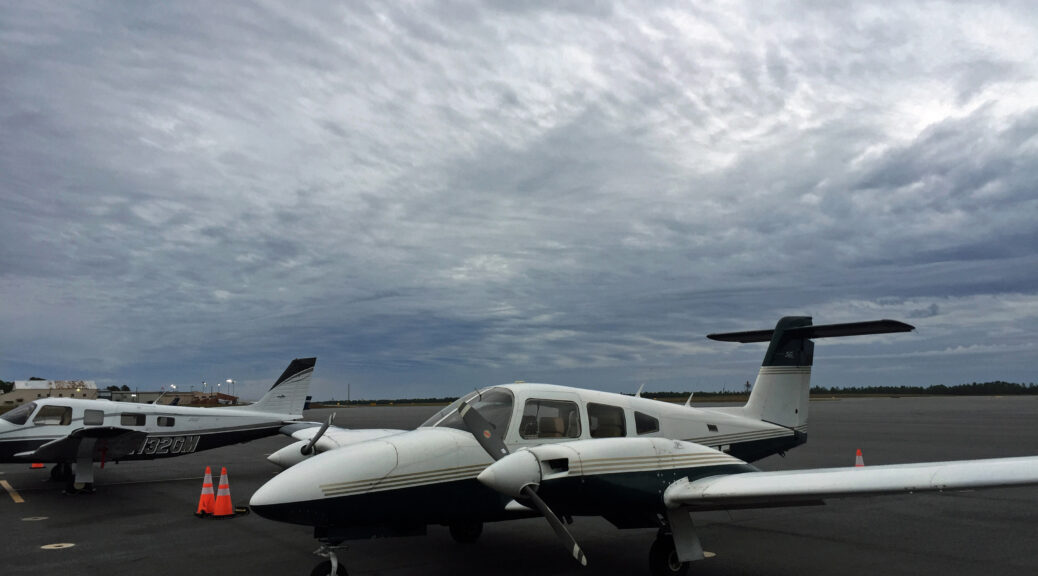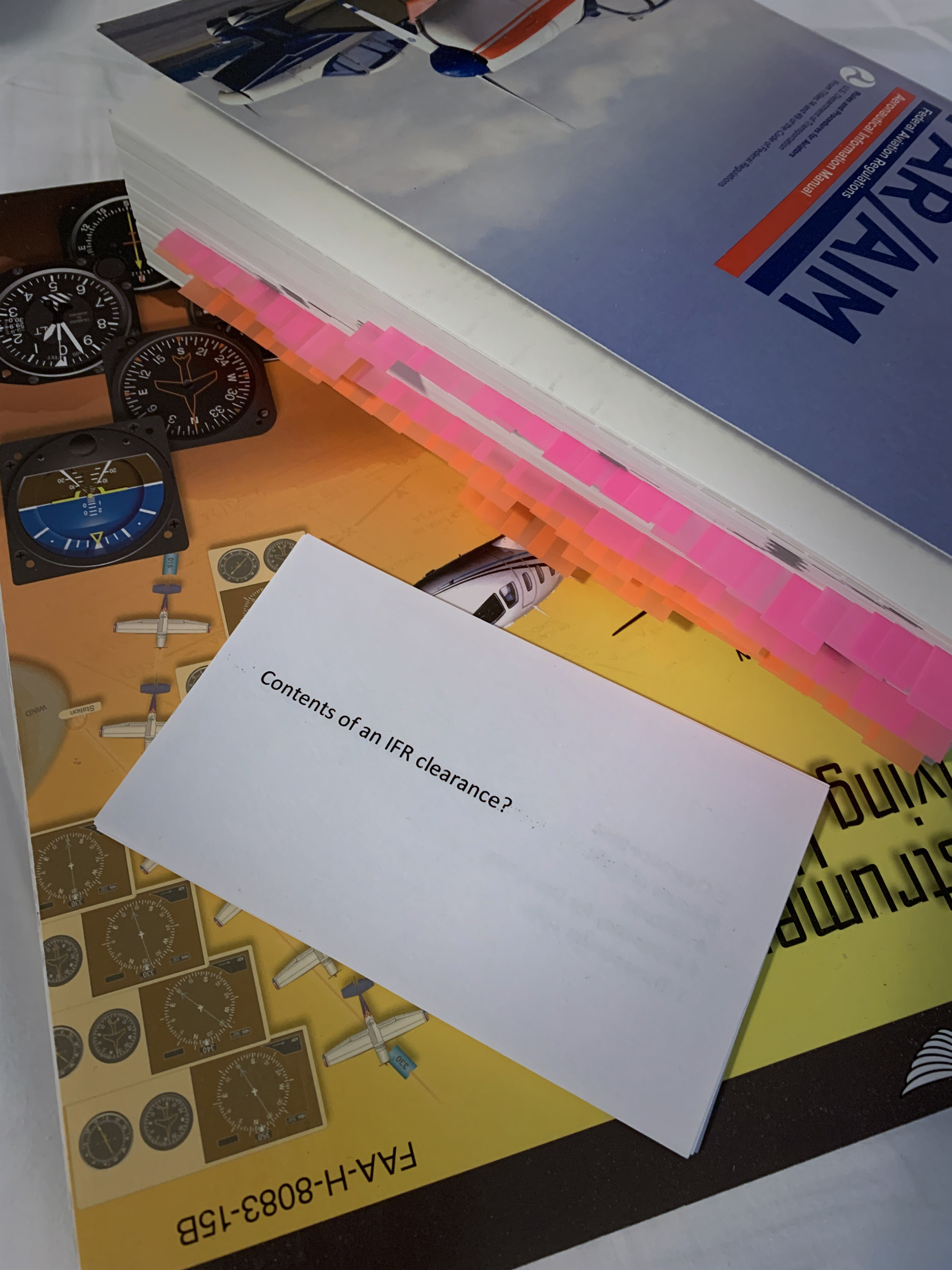When I was a young Army Captain an old, retired Sergeant told me, “Plan your work, and work your plan.” There is value in that wisdom. When I was a high school science teacher I learned about “designing with the results in mind.”
Flying is not cheap, so how can you get to 250 hours and a brand new CFI Certificate as cheaply as possible? Many people will tell you to fly locally instead of at an aviation university or similar full time place. Think about it – 250 hours isn’t even an hour a day for a year at your local airport where they’d be glad to see you spend your money. And maybe hire you as an instructor later! I don’t disagree with that sentiment at all, but that’s not the focus of this post.
As you progress from Student to Private to Instrument Rating to Commercial Pilot there are aeronautical experience requirements you must meet along the way. How does this work?
You must have 50 hours of cross country flying experience for an instrument rating. Ditto for a Commercial Certificate. You can’t just spend 50 hours flying to the one airport 50.1 nautical miles from home; there are several very specific requirements that must be met. Generally speaking these various requirements are independent of each other. For example, the “long cross country” for IFR training doesn’t count for the “long cross country” for commercial… So, what are the requirements?
Instrument Rating
250 NM with three airports/approaches dual
Commercial Certificate
100 NM, two-hour day VFR dual
100 NM, two-hour night VFR dual
300 NM with a landing at least 250 NM from departure
Depending on what you are flying, the above is 12-15 hours. Wouldn’t it be great if you completed all of the detailed requirements at the same time as you reached 50 hours total cross country time? This is where “designing with results in mind” comes in. If you accomplish these specific flights w/in the 50 hours, they are “almost” free since you have to fly the 50 anyway.
An instrument rating requires 40 hours instrument flight time. This can overlap* with the 50 hours of cross country time. There’s a reason an instrument rating is 40 hours on top of the 40 you needed for Private – it’s a complicated mental activity. The sooner you begin to learn the sooner you can take advantage of what you are learning. There’s also, however, a reason the FAA wants you to have 50 hours of XC experience – you really need to have an idea of what you are doing before you get cut loose in the IFR system. Here’s my suggestion.
After your private checkride, fly a couple of short cross country flights. Then do a short instrument dual cross country flight. Early IFR training is about maintaining control and learning to scan anyway, not flying complicated approaches to minimums. Repeat this two-to-one cycle a couple times. Now fly one of the 100-nm commercial dual cross countries, a short solo cross country, then a short instrument dual one. Repeat this cycle with the other commercial dual cross country.
The focus above has been on gaining solo-PIC confidence/experience while adding in IFR training through dual-PIC time. The instructor prevents bad habits from developing, and the solo time prevents placing too much reliance on the CFI’s decision making process.
At this point, you should be proficient in Aeronautical Decision Making and cross country planning. Fly the “long cross country” for the Commercial Certificate. You’re getting close now. If you intersperse local IFR training throughout this process and manage the solo/dual cross countries right, you can fly the IFR dual cross country about the time you are ready for the instrument checkride and hit 50 hours total XC at the same time. Now ALL the cross country requirements are met w/o exceeding 50 hours. You have not wasted an hour. I’m sure you will fly a lot more than 50 hours XC on the way to 250, but you’ll know you’re better prepared and didn’t waste a dime.
One thing to be alert to – be sure you have 50.0 or more when you land after the last flight, not 49.9! That extra 0.1 will require flying 50+ miles each way. Same for the two two-hour, 100-mile flights. It has to be 2.0 not 1.9…
Flying is too expensive to take a haphazard approach to it. Look at the FARs – you have to know them anyway – then plan your work and work your plan. It’s a rewarding feeling to check off another milestone along the way.
*There is great value to flying cross country flights w/o an instructor; it develops confidence. There is also great value in doing some of these XC flights as instrument dual so you are actually working “in the system” as you learn.
Bonus tip 61.129 requires 10 hours of instrument dual for the Commercial Certificate. An IFR rating does not automatically provide this. Ensure your instructor includes 61.129 in your IFR training remarks to avoid any doubt.

